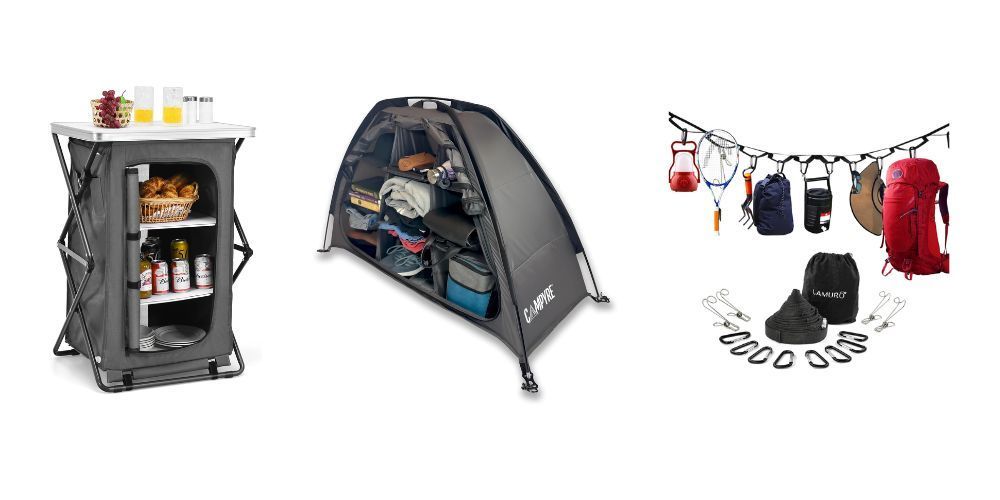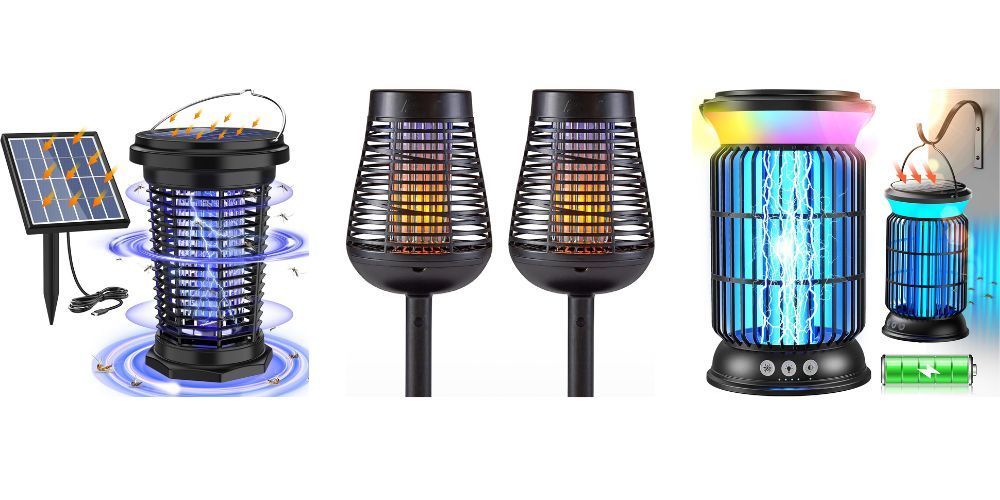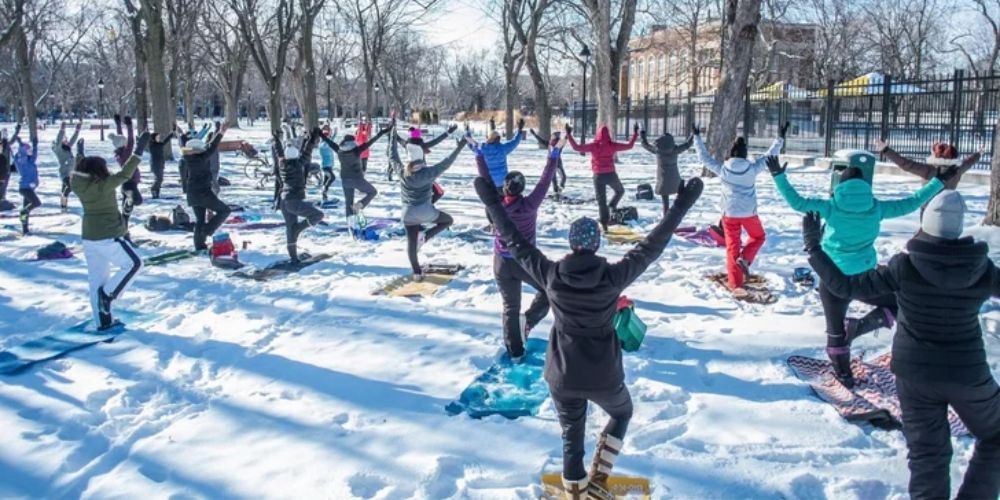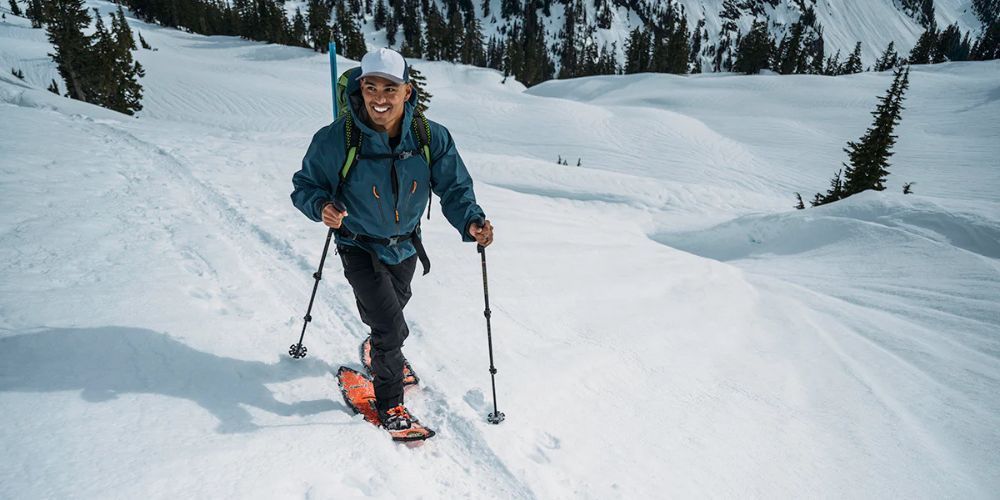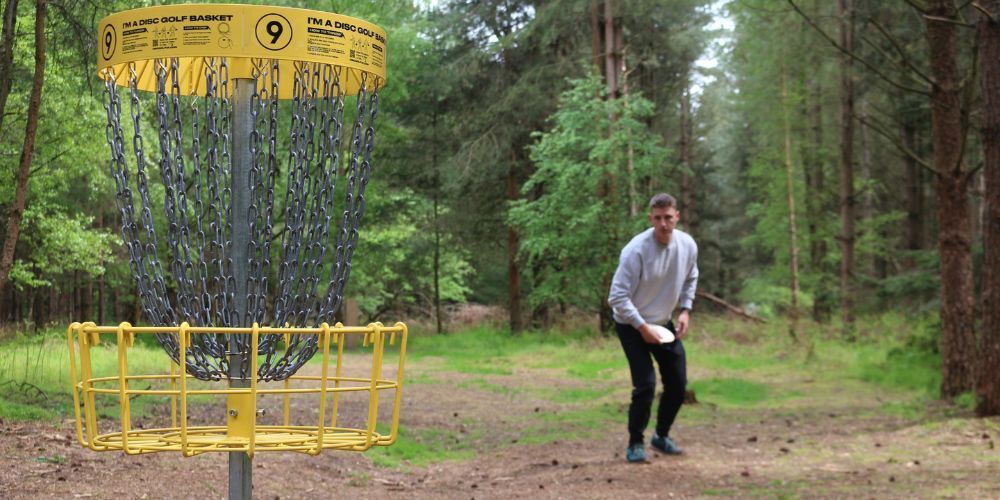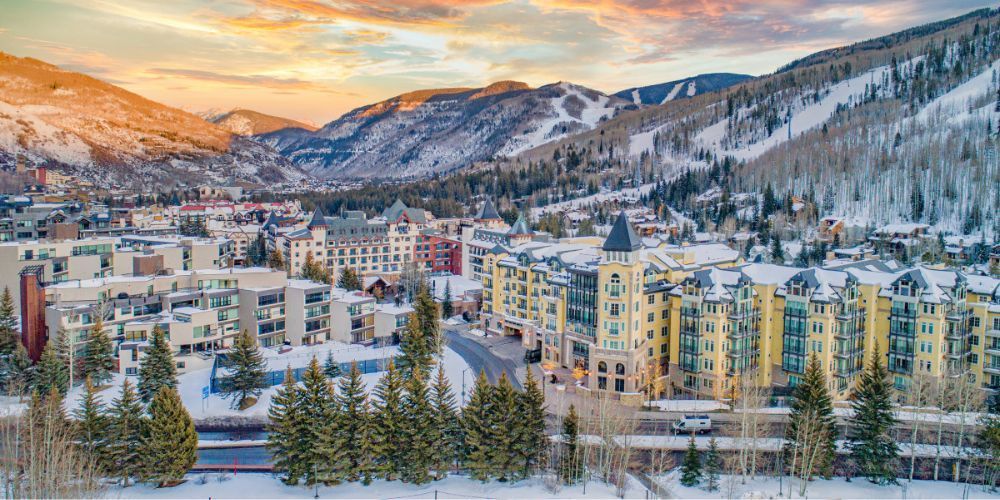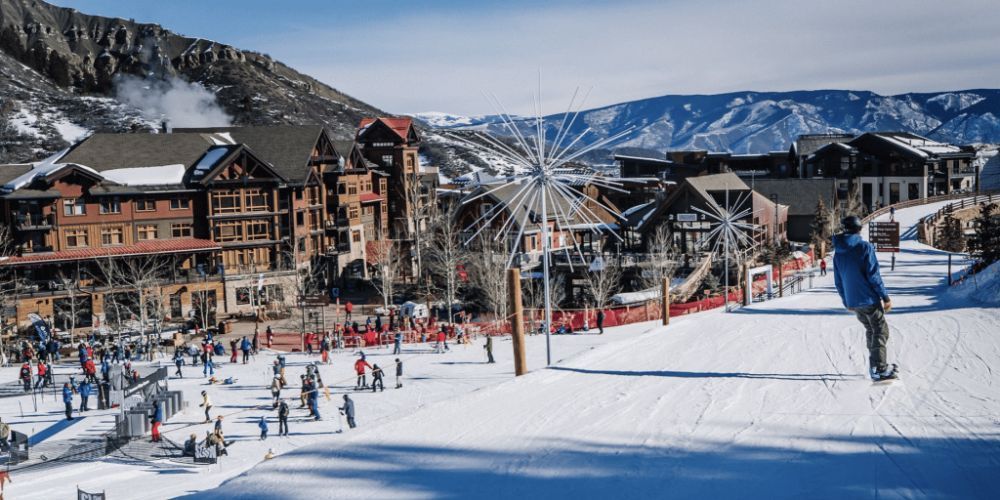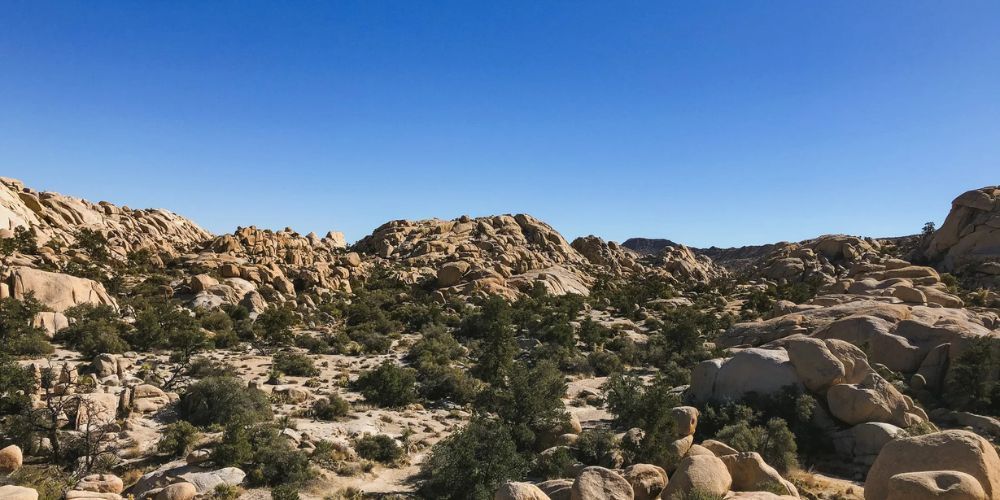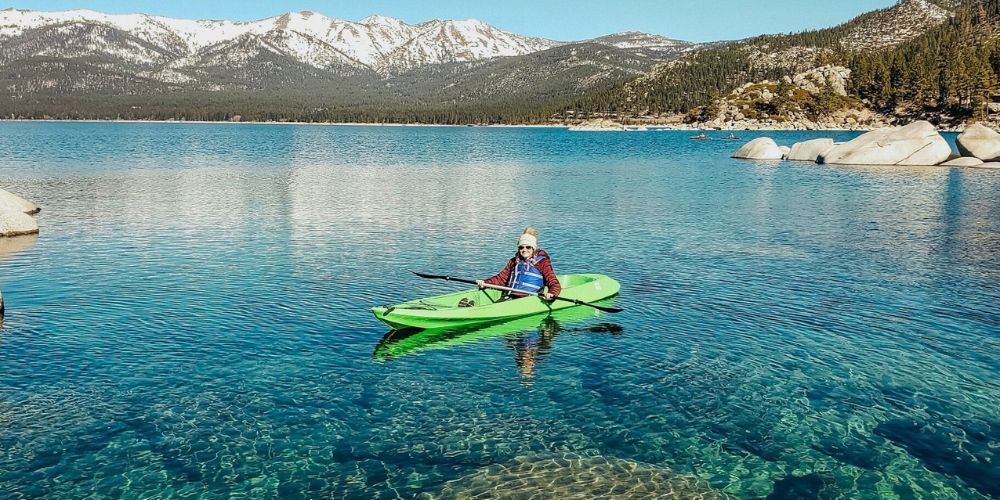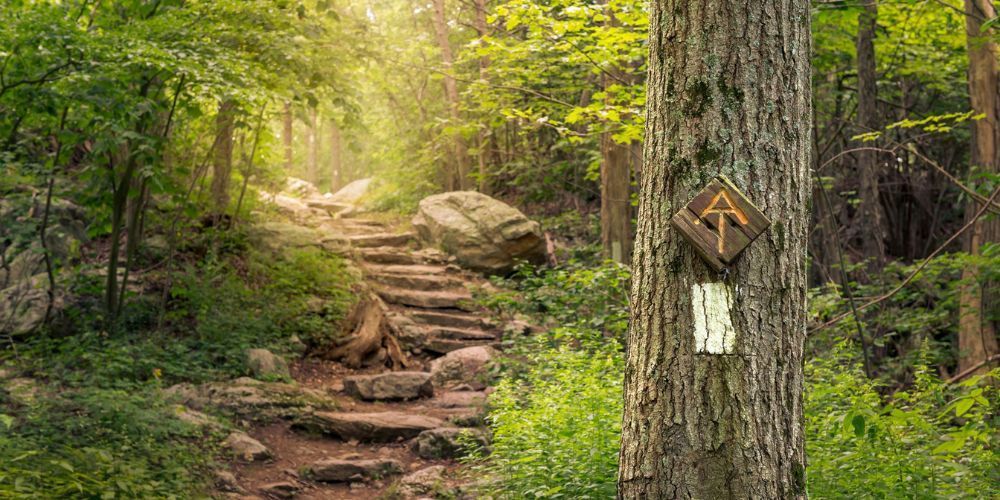Beginners Guide to Skiing: Essential Tips and Techniques for New Skiers
September 28, 2024
Skiing is an exhilarating sport that combines the thrill of speed with the beauty of snowy landscapes. Yet, for beginners, it can feel overwhelming due to the potential risks and unfamiliar gear. To help ease your concerns, I've invested a considerable amount of time gathering expert advice, testimonies from new skiers, and experiences from various slopes to create this comprehensive guide.
I vividly recall my own first venture onto the snow—strapped into skis and peering down a gentle hill with equal parts excitement and uncertainty. By drawing upon tips from professional ski instructors and stories from fellow novices, this guide aims to demystify the basics and build your confidence step-by-step. Let's dive in and explore how you can start skiing safely while having fun.
A beginner skier should focus on proper gear selection, including well-fitted skis, boots, and poles, and it's crucial to practice basic techniques like gliding and turning in a safe environment. Additionally, understanding safety protocols, such as how to use chairlifts and what to do in case of a fall, will greatly enhance their skiing experience.
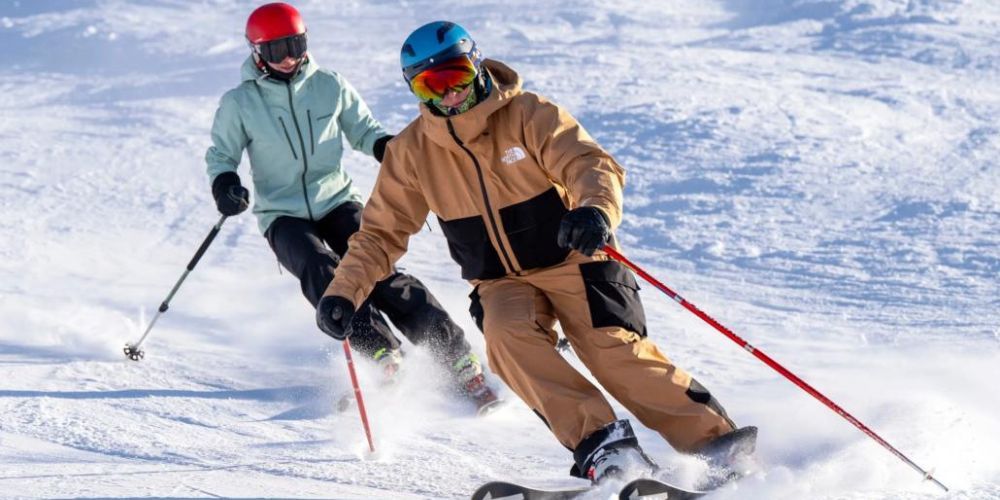
Basics for Skiing Beginners
At its heart, skiing is about maintaining balance and control while gliding down the slopes. The fundamentals might seem simple, but mastering them will lay the groundwork for smoother rides and more confidence on the mountain. One of the first aspects to focus on is your stance.
Maintaining a solid balance is crucial: keep your feet shoulder-width apart, knees slightly bent, and lean forward just a bit so that your weight naturally centers over your skis. This position is not just about standing; it sets the stage for every movement you’ll make on the snow.
Having the right body positioning can make all the difference in how quickly you learn, so let's explore some key steps you should follow as a newcomer to skiing.
Step-by-Step Guidance
First and foremost, get used to the gear. Many new skiers find that wearing ski boots and skis feels like learning to walk all over again. It takes practice! Start by taking small walks in a flat area. Feel the stiffness of your boots and how they connect to your skis; this will help you become accustomed to their limitations.
Think of this as an exercise in patience—you’re not just preparing physically, but also mentally. The better you know your equipment, the easier it will be to maneuver later on.
Next, move on to learning to glide. In a safe, flat zone, try using your poles for balance while pushing yourself gently forward. The idea here isn’t to race but rather to get a feel for how your skis respond as they slide through the snow. You'll want to practice this until you can glide effortlessly—this is where you'll start feeling like a skier rather than someone who's merely strapped onto some sticks!
As enjoyable as gliding may become, remember that falling is an inherent part of learning how to ski.
That's why practicing falling and getting up safely is essential—a skill that's often overlooked but vital for new skiers. When you do take a tumble (and trust me, you will!), it's important to know how to fall correctly: aim for the side rather than straight back or forward. By rolling slightly onto one side upon impact, you reduce the risk of injury.
To get back up after falling, position your skis across the slope and use your hands for support while pushing yourself back into a standing position. Practicing this process repeatedly not only boosts your ability to get back up quickly but also builds confidence so that when you do fall—because we all do—you won't panic.
With these foundational elements mastered, you'll find yourself growing more comfortable on the slopes before diving into what gear best suits your needs.
Must-Have Skiing Gear
The right equipment not only enhances your comfort but also your performance while skiing. Remember, skiing is not just about skill; it’s also about having gear that supports your endeavors. Having the essential gear can make all the difference in your experience and confidence as you glide down those winter wonderlands.
Essential Skiing Gear
- Skis: When selecting skis, beginners have the option to rent or buy. Rental skis are perfectly acceptable, especially when you're just starting out, but ensure they match your height and weight for balance. A general rule of thumb for ski length is that it should reach somewhere between your chin and forehead.
- Boots: This piece of equipment cannot be stressed enough—a snug fit is critical for effective control of your movements. It’s crucial to avoid a tight fit that causes pain; the goal is to feel secure without cutting off circulation. When trying them on, wear thin ski socks to get an accurate feel.
- Poles: They play an important role in maintaining balance and rhythm. To ensure you have the correct length, hold a pole upside down with the basket on the ground; your arm should form a 90-degree angle at the elbow when gripping the pole just below the basket.
- Helmet: Safety comes first on the slopes. Helmets are crucial in preventing serious head injuries and provide warmth as well. When choosing a helmet, look for a snug fit without feeling too constricting—comfort should still be a priority.
- Goggles: Visibility is vital while skiing, as glare from the snow can be blinding. High-quality goggles protect against UV rays while enhancing visibility in varying weather conditions. Look for options with interchangeable lenses to adapt to changes in light.
- Gloves: Keeping your hands warm and dry is fundamental when skiing for extended periods. Opt for waterproof and insulated gloves to shield against moisture while providing dexterity for handling poles and adjusting equipment.
"Investing in a good quality helmet and goggles was the best decision I made," shared one beginner skier who found immense value in having proper protective gear. "They really improved my comfort and safety on the slopes."
Now that you’re equipped with essential skiing gear that fits properly and prioritizes safety, let’s explore how to effectively tackle those slopes—transforming potential anxiety into exhilarating joy as you embark on this new adventure!
Navigating the Slopes
Skiing is as much about choosing the right pathway as it is about mastering your skills. Knowing how to navigate the diverse slopes can make all the difference in building your confidence and enjoying your time in the snow. Ski resorts employ a color-coding system that serves as a guide: green slopes are reserved for beginners, blue for those who are more comfortable, red for advanced skiers, and black for expert-level adventurers. This important color scheme allows you to make informed decisions on which routes to take based on your current abilities.
For your initial outings, it's wise to stick with those gentle green slopes. They are designed to give you ample space to practice fundamental skills like turning and stopping without the pressure of steep descents. Picture yourself gliding smoothly along a gentle incline, feeling the snow crunch beneath your skis while taking in the breathtaking mountain views. It’s exhilarating yet safe, allowing you to gradually find your rhythm.
Navigational Tips
One important strategy is to observe the markers. Slope signs abound, providing vital information about trail difficulty and boundaries. Familiarizing yourself with these markers enhances safety and reinforces good skiing habits. Always check where you're heading, helping maintain awareness of both your environment and other skiers around you.
Another crucial tactic is to plan your route ahead of time. Before venturing out onto the trails, take a look at the ski map provided by the resort. This map highlights various runs and indicates their difficulties. By planning your path according to your skill level, you can avoid inadvertently straying onto more challenging terrain that may lead to undesirable situations.
As you navigate, don’t forget to be aware of others on the slopes. The skiing community thrives on mutual respect and awareness. If you're skiing at a slower pace, it’s courteous to stay towards the right side of the run, making room for faster skiers behind you. This practice not only ensures safety but also cultivates an atmosphere of camaraderie among skiers.
Mastering slope navigation equips you with the tools needed for a positive experience on your first day skiing. By understanding how to select trails that match your skill level, observing markers for guidance, planning routes efficiently, and being conscious of fellow skiers, you're setting yourself up for success and enjoyment on the slopes.
Now that you're equipped with essential knowledge about maneuvering through the slopes, it's time to focus on developing vital skiing techniques that will elevate your experience on the mountain.
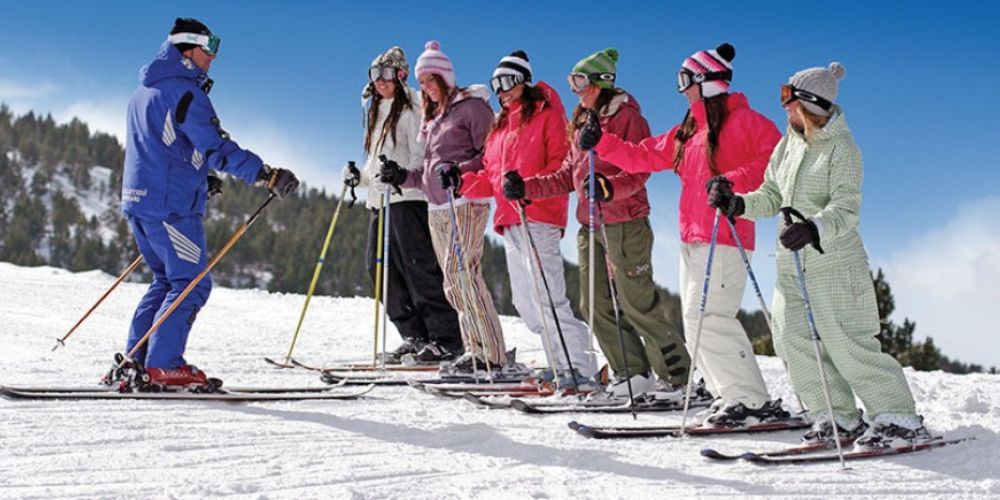
Key Techniques to Learn First
The first technique every beginner should familiarize themselves with is the Wedge, often referred to as the snowplow. This technique is crucial because it enables you to manage your speed effectively. Imagine forming a gentle V-shape with your skis—the tips are pointed together while the tails face outward. This position not only helps slow you down but also gives you confidence as you navigate the slopes. It’s a bit like learning how to use training wheels on a bike; it keeps you stable until you gain enough control.
According to a recent survey, newcomers who dedicated their initial days to practicing basic skills, particularly the wedge, found they progressed much faster than those who dived into more complex maneuvers right away. This highlights the importance of focusing on fundamentals in these early stages.
Next, let's talk about Turning—a core component that significantly impacts your overall skiing experience. Mastering turns isn't just about changing direction; it's about controlling your descent and navigating varied terrain. Beginners should start with wedge turns, gently shifting their weight from one ski to another while maintaining the wedge position. Think of it as guiding your skis like a ship’s wheel: slight adjustments can lead to significant changes in direction. Practicing this technique will allow you to glide gracefully down the slope and avoid obstacles with ease.
Once you're comfortable with turning, it’s necessary to learn how to stop efficiently, which brings us to our third key technique:
Stopping is pivotal for any skier’s safety on the slopes. Utilizing the wedge position again, you can adjust the angle of your skis in a V-shape; increasing this angle helps slow you down or come to a complete halt. Picture yourself approaching a hill or an incline: lowering the tails of your skis closer together increases resistance against the snow, bringing you smoothly to a stop. This technique enhances your control and builds your confidence when you're ready to tackle steeper runs.
As you practice these key techniques—the wedge for speed control, turning for navigation, and stopping for safety—it’s wise to do so on gentle slopes before moving on to more challenging trails. Gaining proficiency in these basics means you'll feel more secure and be more prepared for any unexpected situations that arise while skiing.
Regular practice of these foundational techniques will lay a solid groundwork for advancement, paving the way for an ever-evolving journey up the mountain.
Importance of Regular Practice
Consistent practice is indeed the key to improvement in skiing. It’s not just about the number of hours spent on the slopes but how those sessions translate into skill enhancement. Dedicating a few hours each week to practice helps build muscle memory, making each movement more intuitive over time. Just like learning to ride a bike or play an instrument, skiing requires repetition. With every turn and stop, your body begins to learn what to do naturally without conscious thought.
To get the most out of your practice, try breaking down your sessions into specific goals, focusing on different techniques each time you hit the slopes. For instance, dedicate one day to mastering your wedge position while another day can focus on turning or stopping effectively. This structured approach allows you to track progress and keep your sessions fresh and engaging.
Why Practice Matters
The value of regular practice extends beyond physical skills; it also boosts your mental confidence. Studies show that skiers who practice consistently report feeling significantly more assured navigating various terrains. Confidence in your ability leads to a greater willingness to tackle challenging runs, ultimately enhancing your overall experience.
Consider joining a skiing group or taking lessons for guided practice sessions. Not only does this offer you the chance to ski with others, but it also enhances accountability and motivation. Plus, professionals can provide immediate feedback and suggestions for improvement that you might not notice when practicing alone. This personalized guidance is particularly invaluable for beginners trying to refine their technique.
"Practice makes perfect." This saying resonates strongly in skiing, where honing your skills can mean a safer, more enjoyable experience on the slopes. The more comfortable you become with core techniques, the easier it becomes to take on new challenges.
While embracing regular practice is vital for skill development, it is equally important to focus on techniques that ensure your experience remains safe and enjoyable when you're out on the mountain.
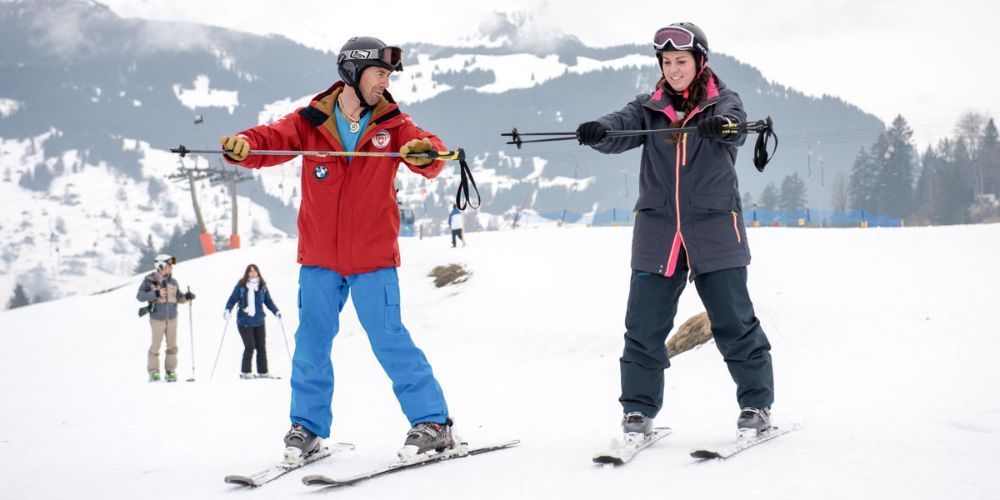
Staying Safe on the Slopes
Safety should always be your top priority when skiing. It’s an adventure filled with excitement, but it carries risks if precautions are not taken seriously. Skiing, no matter how thrilling, requires respect for both your limits and the environment around you. Taking control of your safety is essential.
Basic Safety Tips
- Never ski alone: Always go with a partner. Skiing with someone not only makes the experience more enjoyable, but it also provides support in case of an accident or emergency.
- Know your limits: Avoid slopes that exceed your skill level. A beginner should stay on green runs while gradually advancing to blue or black runs as their skills improve.
- Stay hydrated: The high altitude can dehydrate you quickly. Drinking plenty of water will keep your energy up and help prevent altitude sickness.
- Warm up: Loosen up your muscles before skiing to avoid injuries. Simple stretches can prepare your body for physical exertion and protect against strains.
- Follow the rules: Respect all slope markers and signs, as they are there for everyone's safety.
Quick Tip: Always check the weather conditions and avalanche risk before hitting the slopes.
I recall a seasoned skier who said, "One time I ignored the weather report and ended up in a whiteout. I learned my lesson to always check the weather beforehand." This simple act of caution can make a profound difference in your skiing experience, allowing you to navigate more safely.
By prioritizing these safety tips, you can ensure a fun and injury-free skiing experience. Confidence comes from understanding both your abilities and the importance of preparing for unexpected conditions that can arise on the mountain.
Now that you know how to stay safe, you are ready to hit the slopes with confidence.
Embracing these safety practices not only enhances your enjoyment but also contributes significantly to your overall skiing journey. Remember, preparation is key to an unforgettable adventure on the slopes.
What gear do I need as a beginner skier?
As a beginner skier, you’ll need essential gear to ensure a safe and enjoyable experience on the slopes. Start with a well-fitted pair of ski boots, which are crucial for comfort and control. Rent or purchase beginner-friendly skis that are shorter and more flexible, making them easier to maneuver. A ski helmet is a must for safety, protecting your head from potential falls. Don’t forget to dress in layers with moisture-wicking base layers, insulating mid-layers, and a waterproof outer layer to stay warm and dry. Finally, invest in a good pair of ski gloves, goggles, and ski socks to complete your setup. Most resorts offer rental options for beginners, allowing you to try different gear before making a purchase.
How can I improve my skiing technique as a beginner?
Improving your skiing technique as a beginner involves focusing on a few key areas. Start with mastering the snowplow or “pizza” position, where the tips of your skis point towards each other, helping you control your speed and make turns. Practice keeping your weight centered over your skis, with knees slightly bent and hands forward. Balance is key, so work on shifting your weight from one ski to the other as you turn. Take lessons from a certified instructor who can provide personalized feedback and guidance. Consistent practice is crucial; start on gentle slopes and gradually move to more challenging terrain as you gain confidence.
What should I expect on my first day of skiing?
Your first day of skiing is an exciting experience, but it can also be overwhelming if you’re unprepared. Begin by arriving at the ski resort early to give yourself plenty of time to rent equipment, get dressed, and familiarize yourself with the area. Start on the bunny slope, where you can practice basic movements like gliding, stopping, and turning in a safe environment. Expect to spend a lot of time learning how to control your speed and direction. Don’t be discouraged if you fall—it’s a normal part of the learning process. Taking a lesson from a professional instructor can make your first day more enjoyable and help you build a solid foundation for future skiing adventures. Remember to take breaks, stay hydrated, and enjoy the breathtaking scenery as you learn.
Author: William Flaiz

